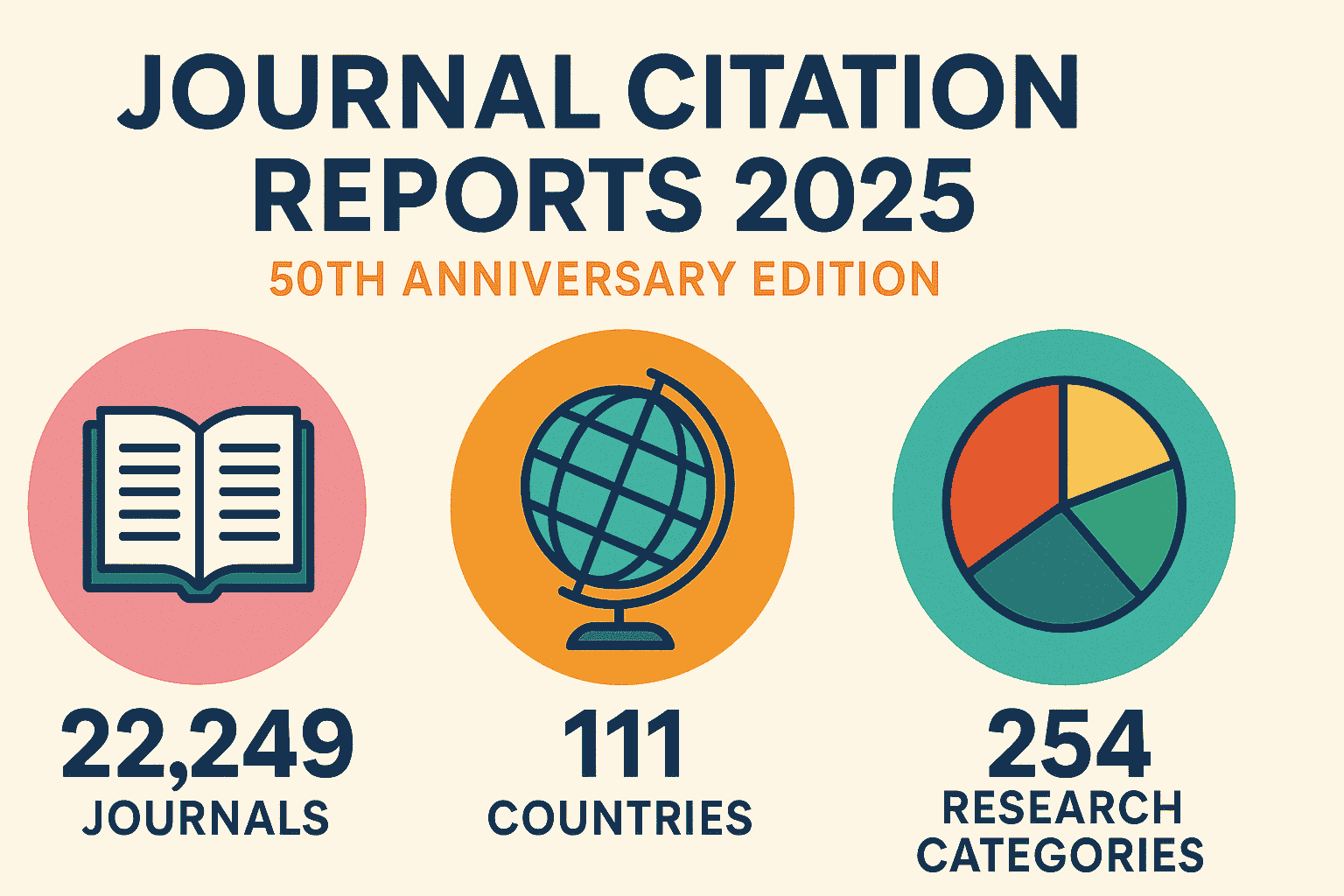TCR Sequencing Protocol
TCR Sequencing Protocol
T-cell receptor (TCR) sequencing is a technique used to analyze or profile the repertoire of T-cell receptor sequences in a sample. This advanced immunogenetics method provides important insights about immune responses and underlying mechanisms. These are the general steps involved in a TCR sequencing protocol:
- Sample Collection and Processing: Depending on the research, this could involve different types of samples, such as peripheral blood, tissue biopsies, etc. The sample is processed to isolate the T cells.
- Cell Sorting and Isolation: FACS (fluorescence-activated cell sorting) or magnetic-activated cell sorting (MACS) can be used to isolate T-cells. They get sorted based on their expression of specific markers (like CD3+ for T cells).
- Nucleic Acid Extraction: DNA or RNA is extracted from the isolated T-cells. RNA extraction can help profile the repertoire of expressed TCRs, while DNA analysis can provide a broader view of potential TCR diversity.
- Library Preparation: A library is prepared for high throughput next-generation sequencing (NGS). Depending upon the type of TCR sequencing (i.e., TCRα or TCRβ), specific primers are used to amplify the TCR region(s). The amplified sequences are ligated with adapters for sequencing.
- Sequencing: The libraries are then sequenced using a high-throughput sequencing platform like Illumina or Ion Torrent.
- Data Analysis: The resulting sequences are analyzed to identify the TCR sequences. The analysis should include quality control, mapping reads, identifying unique clonotypes, determining their relative abundances, and other relevant analyses.
- Interpretation: The data is interpreted to draw conclusions about the clonality and diversity of T-cell populations, their potential role in disease, and other relevant insights.
This process can vary depending on the specific research question, the sequencing technology used, and the characteristics of the initial biological sample. Also, please note that each step requires carefully controlled conditions and validated protocols to ensure reliable results.








